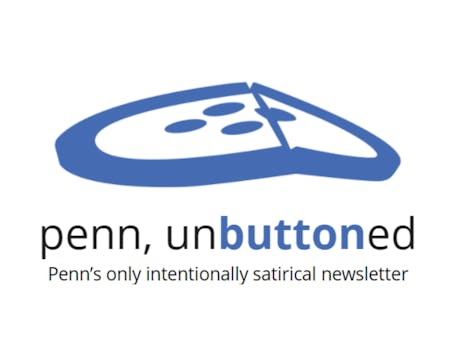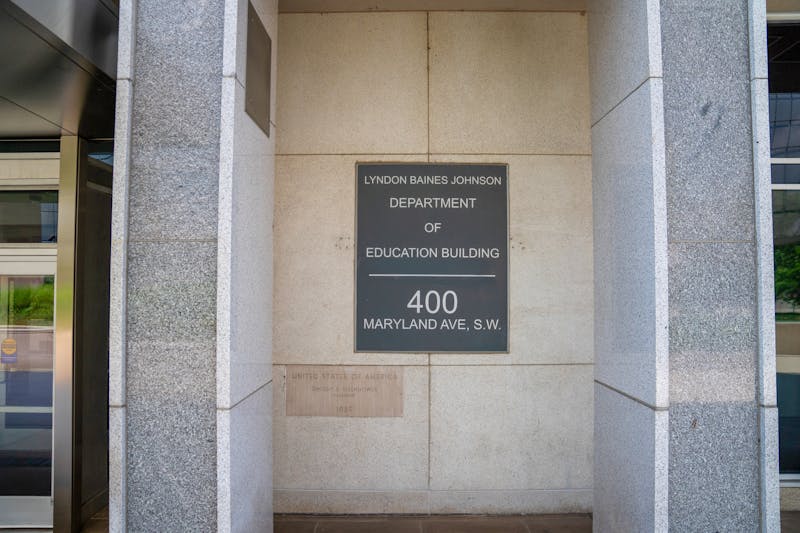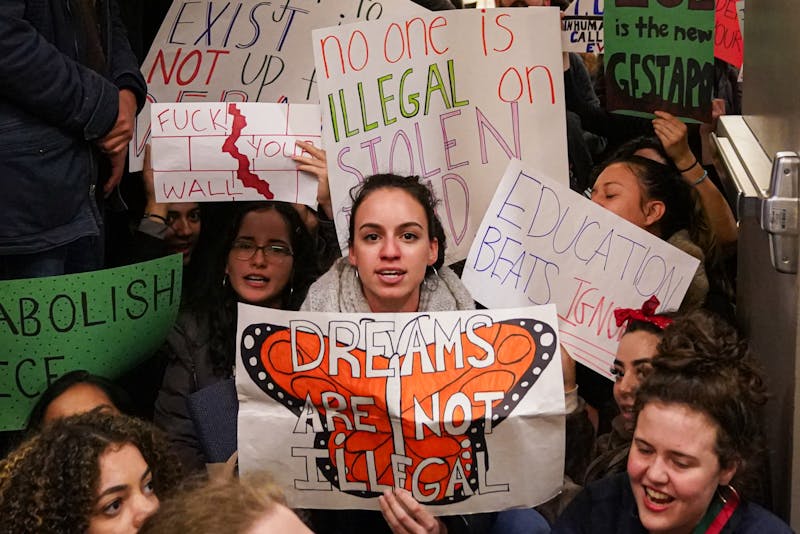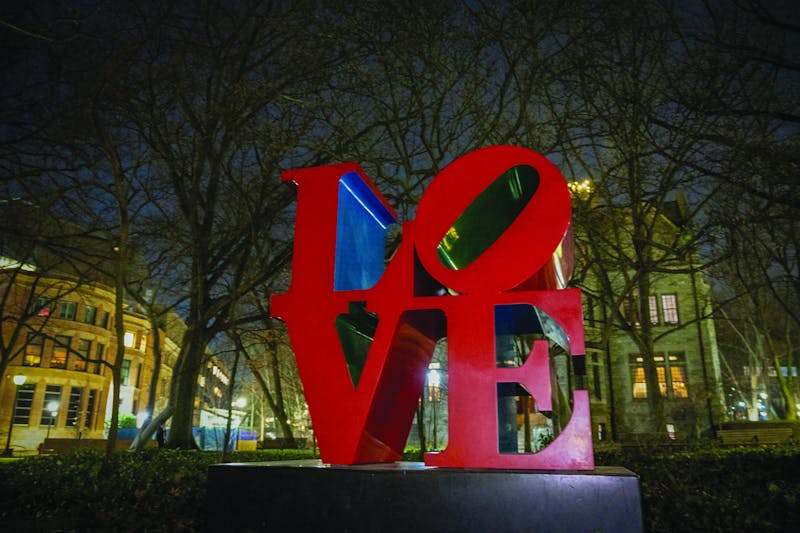
Columnist Harman Chahal argues for Penn students to use SEPTA more often.
Credit: Roger GeI was ready to take on the city of Philadelphia from the moment I stepped foot on Penn’s campus. One of the reasons I chose this school was its connection to a real city — not just in name, but in practice. Growing up in rural California, I didn’t have access to public transportation, let alone a full-blown rail system. So I was genuinely excited to make use of SEPTA, one of the most expansive and historic transit systems in the country.
My new friends and I decided to head into Center City. I was ready to find the closest train station and ride in. To my surprise, they immediately suggested we take an Uber.
-$10.26. “Oh, it’s just a bit expensive today.” “Let’s head back to campus!” -$9.52. “OK, that’s not as bad, I guess.”
But it didn’t stop there. The suggestions that we should take an Uber to locations off campus didn’t stop, and I let myself fall into the trap of letting it slide. It quickly became obvious to me that Uber was the go-to mode of transportation for Penn students.
-$3.70. -$14.58. -$7.82.
However, while the prices of Uber rides fluctuated, one thing stayed the same: SEPTA was almost always the cheaper, more sustainable, and more community-oriented option.
Beyond personal preference, there’s also a class issue at play. Not everyone at Penn can afford to split a $30 Uber ride just to go to a restaurant in Rittenhouse Square. For many students, SEPTA isn’t a choice — it’s the only option. And when the default group decision is always Uber, it leaves people out.
There’s also an environmental cost. Ride-sharing apps increase congestion, emissions, and traffic. SEPTA is the greener, more sustainable option — one we should support if we’re serious about climate justice. Penn has committed itself to reducing carbon emissions, and as students, we must align ourselves with that commitment. Not just because Penn is, but because it is the moral and ethical thing to do, especially given the harm that Penn has caused as a main proponent of gentrification in the Philadelphia community. Let’s do our part as students in helping better this community, not hurt it.
And yes, I know some students have had negative or uncomfortable experiences on public transit. I won’t dismiss that. But it’s worth asking: How much of our discomfort is based on actual danger, and how much is rooted in assumptions or stereotypes about the people who ride it? In 2024, SEPTA was given the highest honor by the American Public Transit Association for safety and security — yet public perception tells a different story. Why? I mean, we all know that often, people who rely on public transit tend to come from low-income backgrounds, which are disproportionately people of color in the Philadelphia community. So the next time you say you don’t want to hop on a SEPTA train because it’s “ghetto,” think twice about what that actually means in the context of the community around you.
But, maybe most importantly: SEPTA connects you to Philadelphia in a way that Uber never can. You see the bustling streets. You meet people who are actually from the West Philadelphia community around you. You hear the city’s soundtrack: the bus driver’s greeting, the trolley’s rumble, the football fanatics chatting about the Philadelphia Eagles. You get to be a part of it all.
Penn can often feel like it is disconnected from the city around us, and SEPTA offers a solution to that. Instead of obsessing over our comfort, let’s confront the uncomfortable, which starts by taking SEPTA. Let’s make SEPTA the norm, not Uber.
HARMAN CHAHAL is a College first year from Modesto, Calif. His email is harmanc@sas.upenn.edu.
The Daily Pennsylvanian is an independent, student-run newspaper. Please consider making a donation to support the coverage that shapes the University. Your generosity ensures a future of strong journalism at Penn.
Donate










